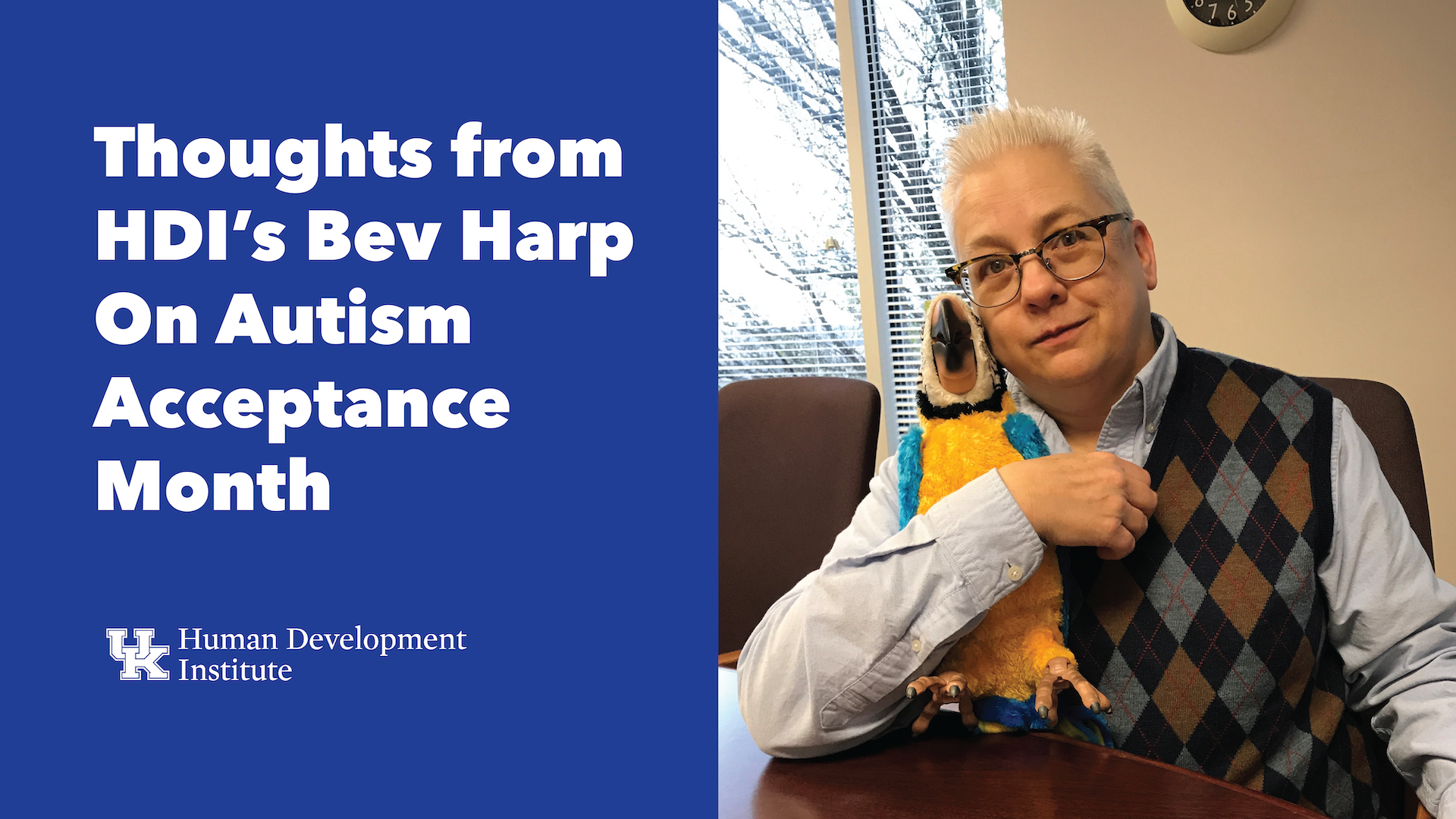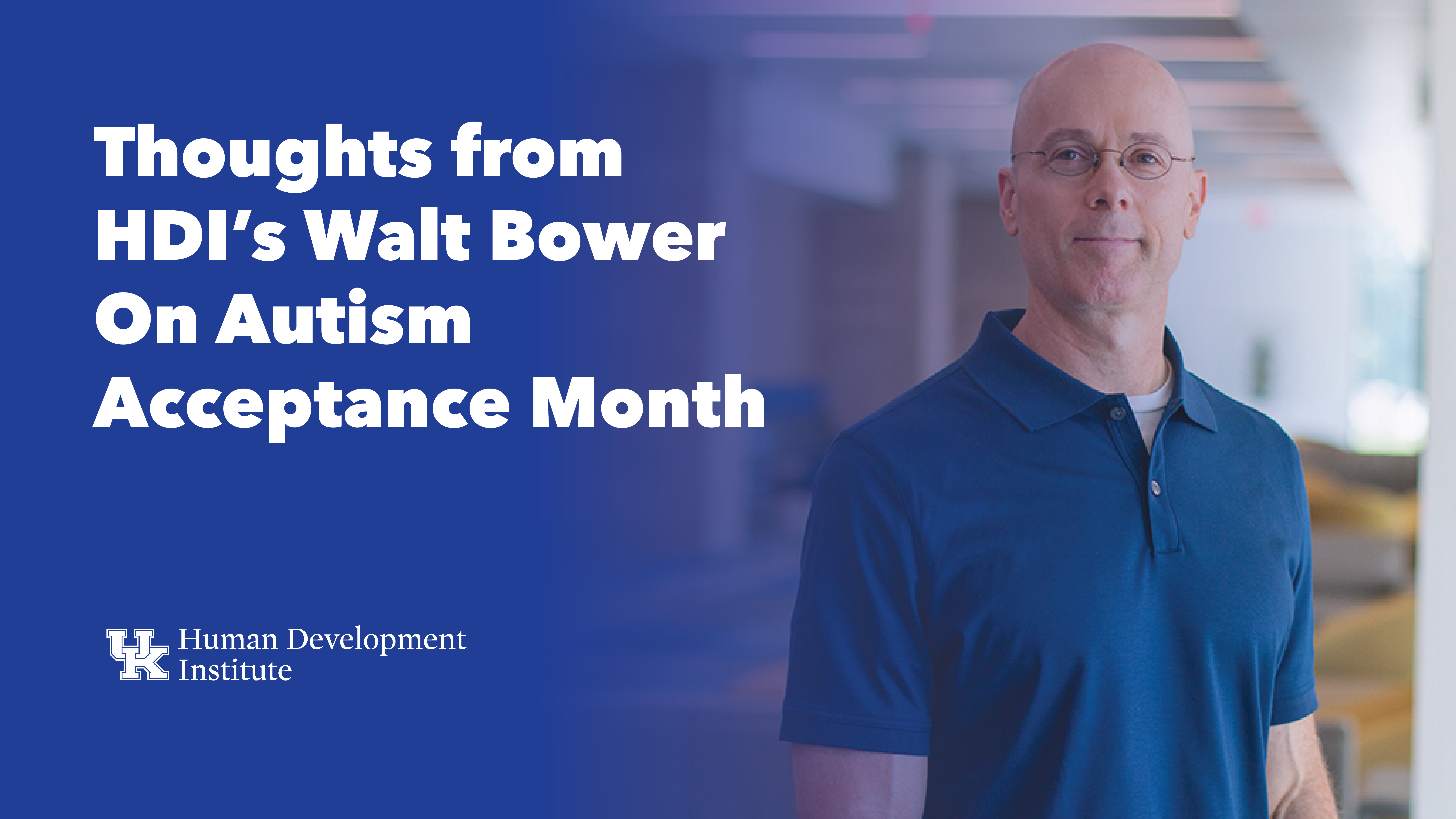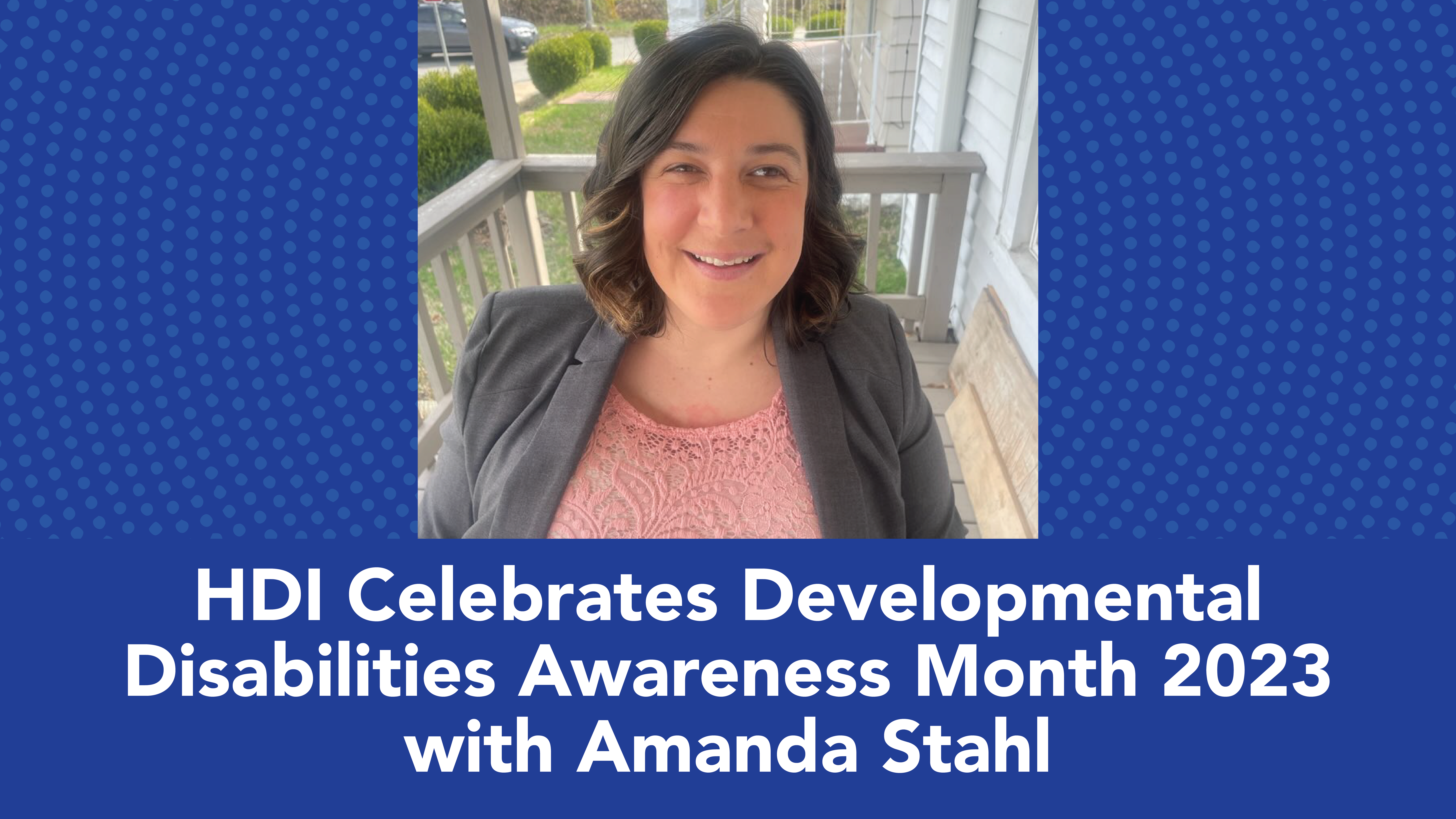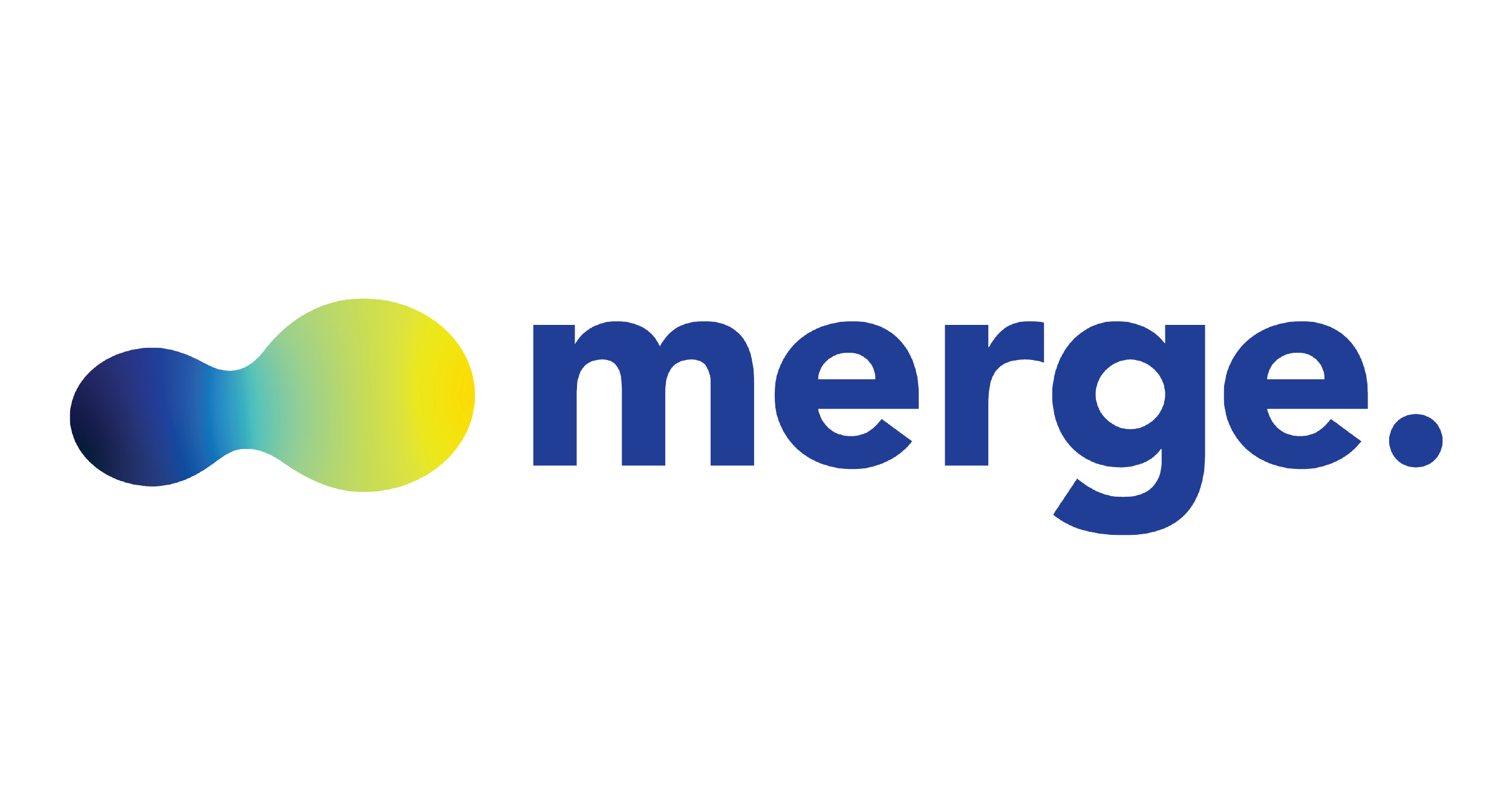While it’s important that autistic people have their place in society, Brittany Granville believes autism acceptance goes beyond that. She thinks it can save lives.
“So many autistic people, particularly autistics of color, have died because people don’t understand common traits of neurodivergent people,” Granville, who works with HDI’s Innovative Supports for Autistic Workers (ISAW) project said.
And saving lives can be as simple as recognizing that just because someone acts differently than others doesn’t mean there’s something wrong with them.
“For me, autism acceptance means that there is an effort to acknowledge that some people are just different and that’s okay,” she said. “It means that you could see someone stimming or pacing back and forth in public and not automatically assume they’re on drugs or ‘up to something’ and that you need to call the police on them.”
The intersection of multiple identities among autistic people is important too, Granville said. Autistic people have consistently been proven to be more likely to have LGBTQIA+ identities, and so discrimination against one group will always harm the other. In particular, she highlighted the harm that obstacles to affirming care for transgender autistic people can cause.
“Autistic people already have high rates of depression and suicide,” she said. “Not being able to access medication or express themselves in a way that makes them feel themselves only makes it worse.”
In addition, Granville said autistic people of color are often overlooked.
“There’s the lack of awareness and acceptance in communities of color,” she said. “These people are often considered ‘just like that’ or ‘weird’ or ‘crazy’ are most likely neurodivergent but ignored by their communities, the medical system, schools, and often the autistic community itself.”
Across the whole community, though, Granville noted that the best thing that can be done to support autistic people to let them be themselves.
“The best thing non-autistic people can do is try being as non-judgmental of the ‘weird’ people around them,” she said. “Learn what autism is and don’t try to make us ‘less autistic.’”
And a part of that is recognizing that autism can look very different from one person to another – or even the same person, depending on the day.
“The autism spectrum isn’t linear. No one is ‘a little autistic’ or ‘low’ or ‘high’ functioning,” she said. “An autistic person’s abilities can fluctuate widely by the day or even hour. A person can be energetic and friendly at noon and totally withdrawn and unable to talk at 6 p.m. Changes can be due to sensory input and social factors or it could just be a ‘low battery day.’”
This article represents the opinions of the author and interviewee, not that of the University of Kentucky.




